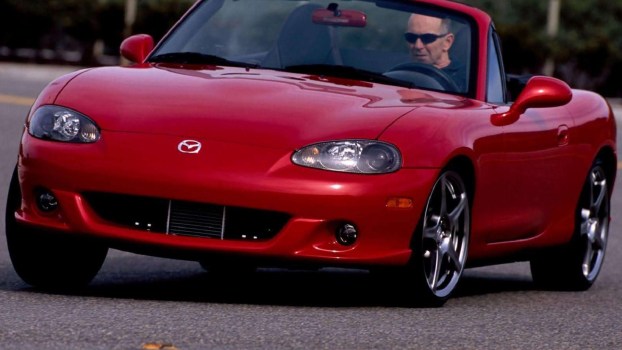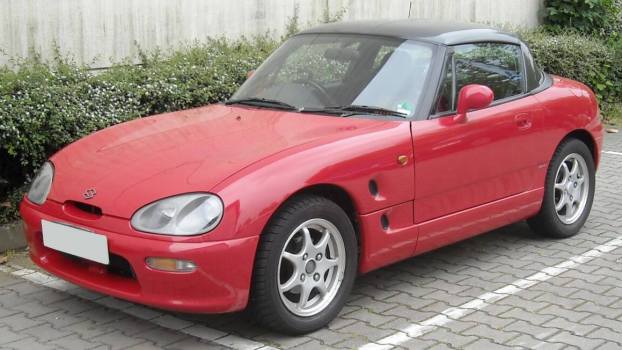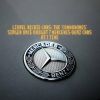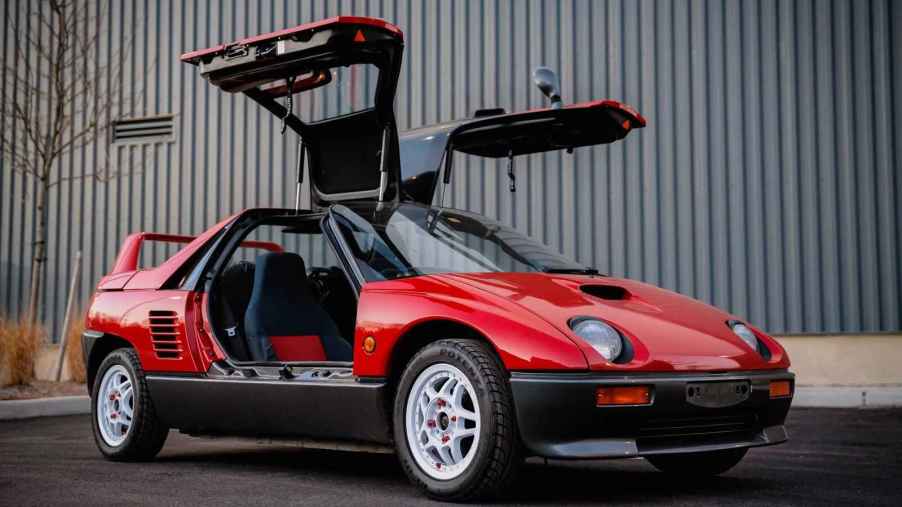
The Autozam AZ-1 Mazdaspeed Was a Supercar Smaller Than a Miata
Have you ever gotten out of a Mazda Miata and thought, “This fun, RWD sports car is just too big?” Well, a kei sports car might be for you. While most of these ultra-compact JDM vehicles are designed for practicality and economy, automakers occasionally release sports cars like the Honda Beat and Suzuki Cappuccino. And back in the ‘90s, both the Beat and the Cappuccino had a Mazda rival. But the Autozam AZ-1, especially in Mazdaspeed trim, wasn’t a shrunken-down Mazda Miata. The AZ-1 was a mini supercar.
Mazda took a Suzuki concept and brought it to life as the AZ-1 with the OG Miata crew’s help
Like the Beat and the Cappuccino, the Autozam AZ-1 is the product of Japan’s ‘Bubble Era’ economy. With Japanese automakers flush with cash in the 1980s and early 1990s, they could afford to overbuild powertrains and pursue passion projects. For instance, making a kei car not just for urban commuting, but for sporty handling and performance.
The AZ-1 started life as one of these projects, though not at Mazda, MotorTrend reports. It was originally a mid-1980s Suzuki kei car concept that Mazda later picked up for its Japan-only Autozam sub-brand. Think Scion but for Mazda rather than Toyota.
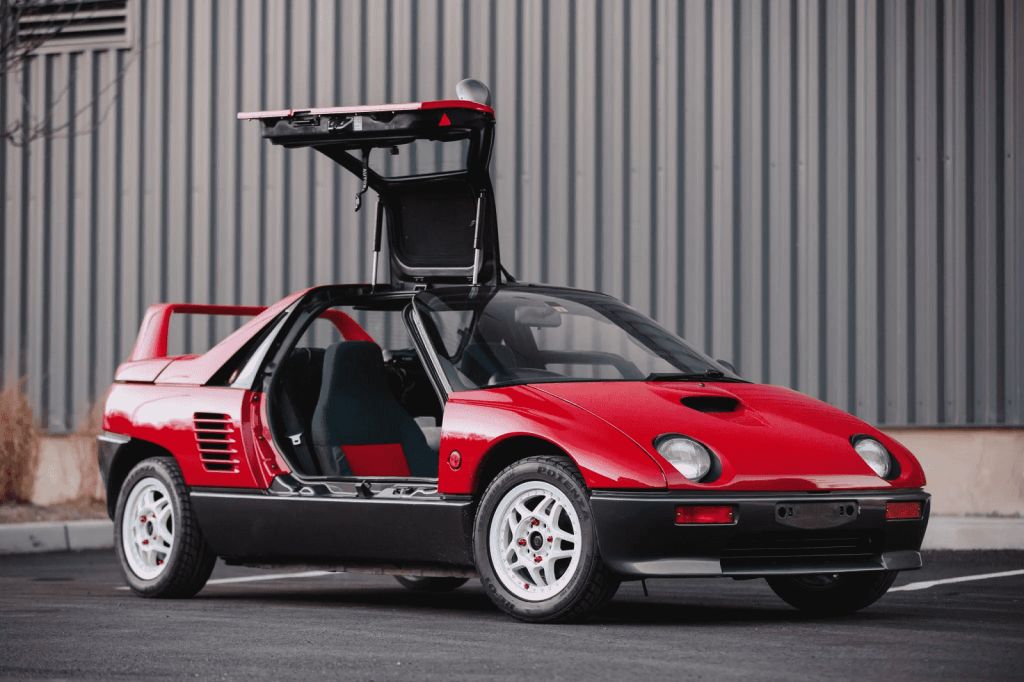
Mazda then asked Toshiko Hirai and his team—the same team that designed the NA Miata—to turn Suzuki’s concept into an Autozam design. The team crafted three concepts, and Mazda picked “the most ‘conventional’” option, Road & Track explains. That design, gullwing doors included, became the 1992 Autozam AZ-1.
With gullwing doors and a mid-engine layout, the Autozam AZ-1 Mazdaspeed is shaped like a shrunken-down supercar
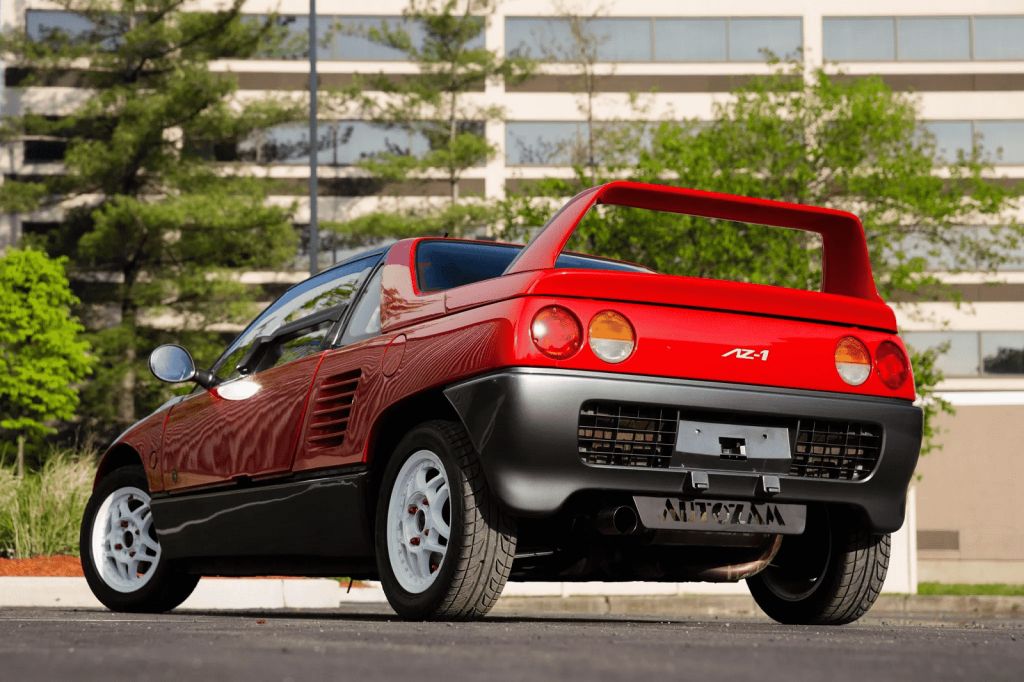
| Spec | 1992-1994 Autozam (Mazda) AZ-1 Mazdaspeed |
| Engine | 660cc turbocharged inline-three |
| Power | 63 hp |
| Torque | 63 lb-ft |
| Transmission | Five-speed manual |
| Curb weight | 1587 lbs |
| 0-60 mph time | 10.5 seconds (Throttle House) |
Since the Autozam AZ-1 is a kei car, its dimensions and engine capacity were limited by Japanese laws. Hence why numerically speaking, it doesn’t seem like much of a supercar. However, it is arranged like one.
On top of gullwing doors, the AZ-1 has a mid-engine layout. It also has four-wheel disc brakes, a fully independent suspension, and functional side vents. And its low curb weight isn’t just because it’s a small car. The Autozam AZ-1 has plastic composite body panels, and its aluminum frame has a honeycomb-like structure, R&T says. As a result, it’s 10 pounds lighter than the Suzuki Cappuccino convertible it shares an engine with, Hagerty reports. Plus, that engine redlines at 9000 RPM.
Unfortunately, those previously mentioned kei car regulations limited the AZ-1’s power output. But while Mazda couldn’t give its micro supercar more power, it could sharpen its handling. So, it turned to its performance arm, Mazdaspeed, which at the time was still going strong. And the tuning team came up with the Autozam AZ-1 Mazdaspeed.
On the outside, the Mazdaspeed team gave the Autozam AZ-1 a new hood, front splitter, and functional rear wing. The mini supercar also got new alloy wheels, a limited-slip differential, sportier springs and shocks, and a ceramic/stainless-steel muffler. Plus, front and rear strut-tower braces and an upgraded air filter. Inside, Mazdaspeed installed a new steering wheel and offered an optional all-red/all-blue interior to match the exterior paint.
It’s impractical, but driving the Autozam AZ-1 Mazdaspeed certainly puts a smile on your face
As a car, the Autozam AZ-1 Mazdaspeed isn’t exactly practical. The only onboard storage space is a rear shelf and a very tiny ‘frunk.’ And the spare tire takes up all of either space. Also, while the gullwing doors have plenty of glass, only a small portion rolls up and down. Add in the fact that it’s a low, RHD car, and going to a drive-thru is quite tricky.
This impracticality arguably solidifies the AZ-1’s status as a mini supercar, though. So does the way it drives. That’s because not only did Hirai and his team give the AZ-1 the NA Miata’s door handles, but they also gave it the Miata’s ability to deliver infectious grins.
Although the Autozam AZ-1 Mazdaspeed isn’t fast on paper, it feels quicker than its specs suggest, Throttle House says. Think of it like a shot of espresso versus a cup of coffee. The shot has less caffeine, but it’s more concentrated, so it wakes you up more. Throttle House directly compares its ability to “shove you in your seat” to the NA Miata. And its five-speed transmission shifts as easily as the Miata one.
Because of its short wheelbase, the Autozam AZ-1 Mazdaspeed moves more than expected over speed bumps. However, its ground clearance is “surprisingly good,” Throttle House notes, and its ride isn’t overly stiff or harsh. And because of that short wheelbase, the AZ-1 feels nimble and agile in the corners. The phrase ‘handles like a go-kart’ might be overused, but the AZ-1 genuinely lives up to that comparison, Top Gear says. Plus, its unassisted steering is communicative enough to practically let you read the road texture.
This kei car supercar is “a really cool toy,” Throttle House says, but it’s starting to get expensive
Ultimately, the Autozam AZ-1 Mazdaspeed is an impractical toy, albeit a rather cool and fun one, Throttle House reports. But so are most supercars when you get down to it. And compared to something like a used Lamborghini, the AZ-1 is significantly more affordable. Not to mention more unusual in many ways.
Getting a Mazdaspeed AZ-1, though, won’t be easy. Firstly, Mazda made less than 5000 AZ-1s in total. And only 100 or so were Mazdaspeed editions. Also, Mazda released about 25 M2 1015 Edition AZ-1s with unique wings, front bumpers, and fog lights. These limited-edition models generally fall on the high end of the AZ-1 price range. For a well-maintained AZ-1, that range is usually $15,000-$20,000 on auction sites like Bring a Trailer and Cars & Bids. Going through an importer like Duncan Imports, on the other hand, raises $20,000-$25,000. The example Throttle House drove was listed at the equivalent of $27,000.
You can buy a solid used Miata for that kind of cash. But as noted earlier, espresso often perks you up more than coffee. Plus, how many Miatas have gullwing doors?
